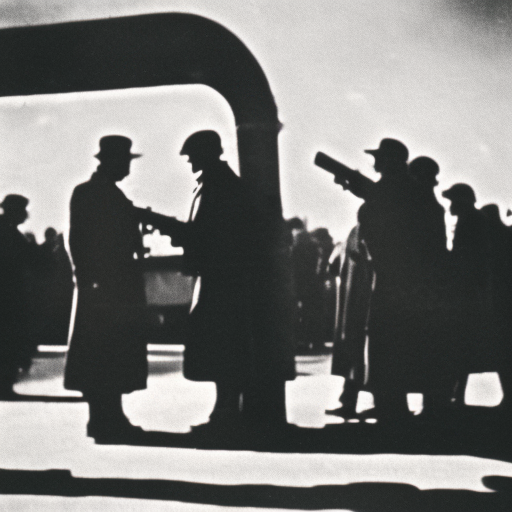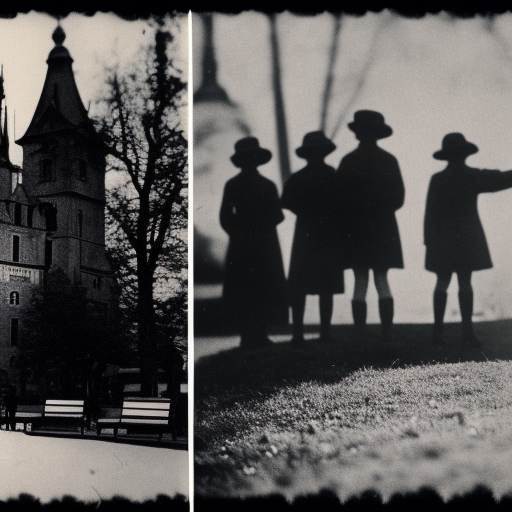The Anschluss (1938)
The Anschluss refers to the annexation of Austria by Nazi Germany in 1938. It was a significant event that marked a major step towards Adolf Hitler’s goal of creating a Greater German Reich. The Anschluss violated the Treaty of Versailles and was met with mixed reactions from the international community. This summary will explore the background, events, and consequences of the Anschluss.
Background
After World War I, Austria-Hungary was dissolved, and Austria became an independent republic. However, the country faced economic and political instability, which led to the rise of extremist political parties, including the Austrian Nazi Party led by Arthur Seyss-Inquart. Meanwhile, in Germany, Adolf Hitler and the Nazi Party rose to power in 1933. Hitler’s ultimate goal was to unite all German-speaking people under one nation, which included Austria.
Events
In 1934, Hitler attempted to overthrow the Austrian government in a failed coup known as the July Putsch. This event led to the banning of the Austrian Nazi Party and the imprisonment of its leaders, including Seyss-Inquart. However, Hitler continued to support Austrian Nazis in secret, waiting for the right moment to act.
In 1938, the Austrian Chancellor Kurt von Schuschnigg sought to assert Austria’s independence by holding a referendum on the issue of Austrian independence. Fearing the results would not be in his favor, Schuschnigg resigned, and Seyss-Inquart was appointed as his successor. Seyss-Inquart immediately requested German military intervention to maintain order in Austria.
On March 12, 1938, German troops crossed the Austrian border, and Hitler proclaimed the Anschluss. The majority of Austrians welcomed the German troops with enthusiasm, while others were indifferent or opposed the annexation. The international response to the Anschluss was mixed. While some countries, such as Italy and Hungary, supported the union, others, including France and the United Kingdom, condemned it as a violation of the Treaty of Versailles.
Consequences
The Anschluss had significant consequences for both Austria and Germany. For Austria, it meant the loss of independence and the integration of Austrian institutions into the Nazi regime. The Austrian government was dissolved, and Seyss-Inquart became the Reichsstatthalter, or Governor, of Austria. The persecution of Jews and other minorities intensified, and Austria became a part of Hitler’s aggressive foreign policy.
For Germany, the Anschluss provided Hitler with a significant boost in popularity and support. It also gave Germany access to valuable resources and strategic advantages, such as the Danube River and the Austrian Alps. The Anschluss also paved the way for further territorial expansion, as Hitler’s ambitions grew.
Internationally, the Anschluss marked a turning point in European politics. It revealed the weakness of the League of Nations and the failure of appeasement policies. The event also heightened tensions in Europe and set the stage for further aggression by Nazi Germany, leading ultimately to the outbreak of World War II.
In conclusion, the Anschluss of 1938 was a pivotal event that saw the annexation of Austria by Nazi Germany. It violated the Treaty of Versailles, had mixed reactions from the international community, and had significant consequences for both Austria and Germany. The Anschluss marked a major step towards Hitler’s goal of creating a Greater German Reich and set the stage for further aggression in Europe.












